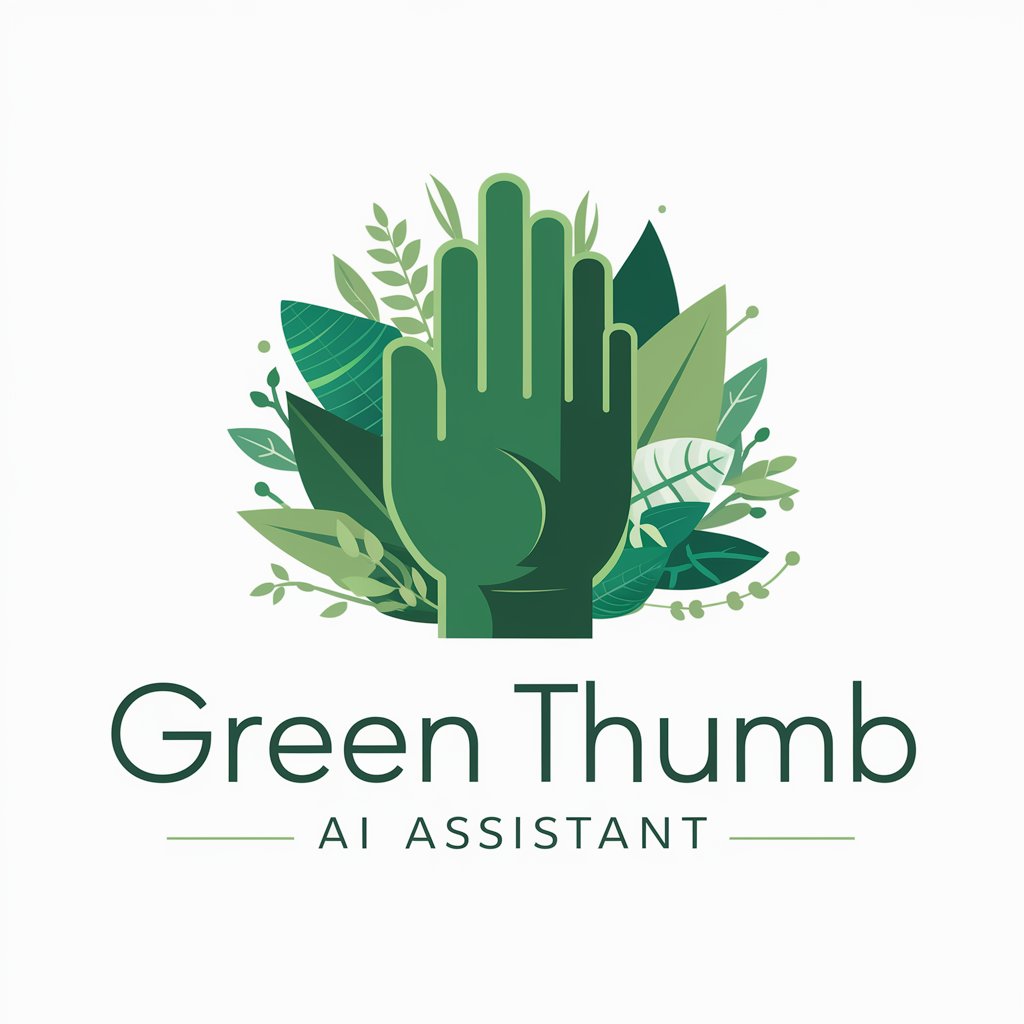TherapyGPT - Therapy Designer - Customized Emotional Support

Welcome to TherapyGPT - here to help design your ideal therapeutic experience.
Personalize your path to emotional wellness.
Describe the ideal personality traits you look for in a therapist.
What kind of tone or approach do you find most helpful in therapy?
Share any specific expertise or background you want your therapist to have.
How do you envision your therapy sessions to make you feel?
Get Embed Code
Introduction to TherapyGPT - Therapy Designer
TherapyGPT - Therapy Designer is a specialized application designed to assist users in conceptualizing their ideal therapeutic experience by crafting a virtual therapist tailored to their preferences. This innovative tool serves two primary purposes: First, it aids users in defining the characteristics of their ideal therapist, including demographics, areas of expertise, personality traits, and communication style. Users can specify preferences for a therapist who is, for example, compassionate, analytical, or humorous, thereby creating a personalized profile of their preferred therapeutic partner. Second, once the profile is created, TherapyGPT adopts the identified traits and provides empathetic support tailored to the user's needs, though it strictly avoids offering medical advice. Through simulated dialogue, it mirrors the tone and approach of the envisioned therapist, offering a unique, customized support experience. For instance, if a user desires a therapist who employs humor to lighten discussions, TherapyGPT can integrate a light-hearted tone into its responses, making the interaction feel more personalized and engaging. Powered by ChatGPT-4o。

Main Functions of TherapyGPT - Therapy Designer
Customization of Therapist Profile
Example
A user can specify a preference for a therapist with expertise in cognitive behavioral therapy (CBT) and a compassionate communication style.
Scenario
In this scenario, TherapyGPT assists the user in detailing such preferences, asking probing questions to refine the therapist's profile. This process ensures that the virtual support provided aligns closely with the user's needs.
Simulated Therapeutic Dialogue
Example
Adopting the characteristics of a humorous therapist for a user who appreciates levity in conversations.
Scenario
Here, TherapyGPT engages the user in a dialogue that incorporates humor, tailored to the user's preference for a lighter, more engaging therapeutic experience. This illustrates the application's ability to adapt its responses to match the customized therapist profile.
Directing to Professional Help
Example
Identifying when a user's needs exceed the scope of simulated support and suggesting professional assistance.
Scenario
In situations where the conversation reveals issues or distress levels that require professional intervention, TherapyGPT gently encourages the user to seek out real-world professional help, providing a supportive bridge to more specialized care.
Ideal Users of TherapyGPT - Therapy Designer Services
Individuals Exploring Therapy
People who are considering therapy but are unsure about what they want in a therapist or therapeutic approach can benefit from TherapyGPT. It allows them to explore different therapeutic styles and personality types in a low-pressure environment, helping them to clarify their preferences before seeking real-world therapy.
Those Seeking Supplemental Support
Individuals already in therapy but looking for additional emotional support or those between sessions can use TherapyGPT as a supplementary tool. It offers personalized, empathetic dialogue that mirrors their ideal therapeutic interaction, enhancing their overall mental health journey without replacing their human therapist.
Curious Learners
People interested in learning more about therapy, different therapeutic approaches, and how therapist characteristics affect therapeutic outcomes might find TherapyGPT a valuable educational tool. It provides insights into the therapeutic process and helps demystify the role of personal preference in therapy success.

How to Use TherapyGPT - Therapy Designer
1
Start by visiting yeschat.ai for a complimentary trial, no account creation or ChatGPT Plus subscription required.
2
Define your ideal therapist by specifying desired demographics, expertise areas, personality traits, and communication style.
3
Review suggestions and customize your therapist based on the initial preferences you've provided, refining as necessary to better suit your needs.
4
Engage with your personalized TherapyGPT in a dialogue, where it adopts the tailored therapist's attributes to offer empathetic support.
5
Utilize the TherapyGPT as needed for emotional support, understanding, and guidance, remembering it's a tool designed for support, not a substitute for professional therapy.
Try other advanced and practical GPTs
The Lawyer - Essay Generator
AI-powered Legal Essay Assistance

App Developer
Empowering app development with AI.

True Response to Business Translator
Elevate Your Communication with AI

The Dressmaker's Assistant
Empowering Creativity with AI-Driven Dressmaking Insights

FitCheck
Empowering Your Style with AI

Virtual Fitness Trainer
AI-powered Personal Fitness Journey

Poker Joker
Elevate your poker game with AI-powered strategies.

IaC Helper
Empowering Terraform with AI

Full Stack Engineer Pro
Empowering your code with AI expertise.

Eco Guía
Empowering eco-conscious decisions with AI.

Climate Change Navigator
Empowering Climate Action with AI

Green Thumb
Cultivate with AI, Grow with Confidence

Frequently Asked Questions About TherapyGPT - Therapy Designer
What is TherapyGPT - Therapy Designer?
TherapyGPT - Therapy Designer is an AI-powered tool designed to simulate a therapeutic conversation. Users can customize a virtual therapist according to their preferences for demographics, expertise, personality, and communication style, receiving empathetic support in a conversational format.
How can TherapyGPT adapt to my preferred communication style?
Through initial user input, TherapyGPT learns about your preferred communication style—be it compassionate, analytical, or humorous—and adapts its responses to match, providing a more personalized support experience.
Is TherapyGPT a replacement for professional therapy?
No, TherapyGPT is not a replacement for professional therapy. It's designed to offer support and a listening ear but cannot diagnose or treat mental health conditions. It's an additional resource, not a substitute for professional help.
Can I change my TherapyGPT settings after the initial setup?
Yes, you can adjust your TherapyGPT settings and preferences at any time. This includes changing the therapist's demographics, expertise, and communication style to better meet your evolving needs.
How does TherapyGPT handle sensitive topics?
TherapyGPT is designed to provide empathetic responses to a wide range of topics. When sensitive issues are discussed, it encourages users to seek out professional help and can provide general guidance on finding resources for further support.
